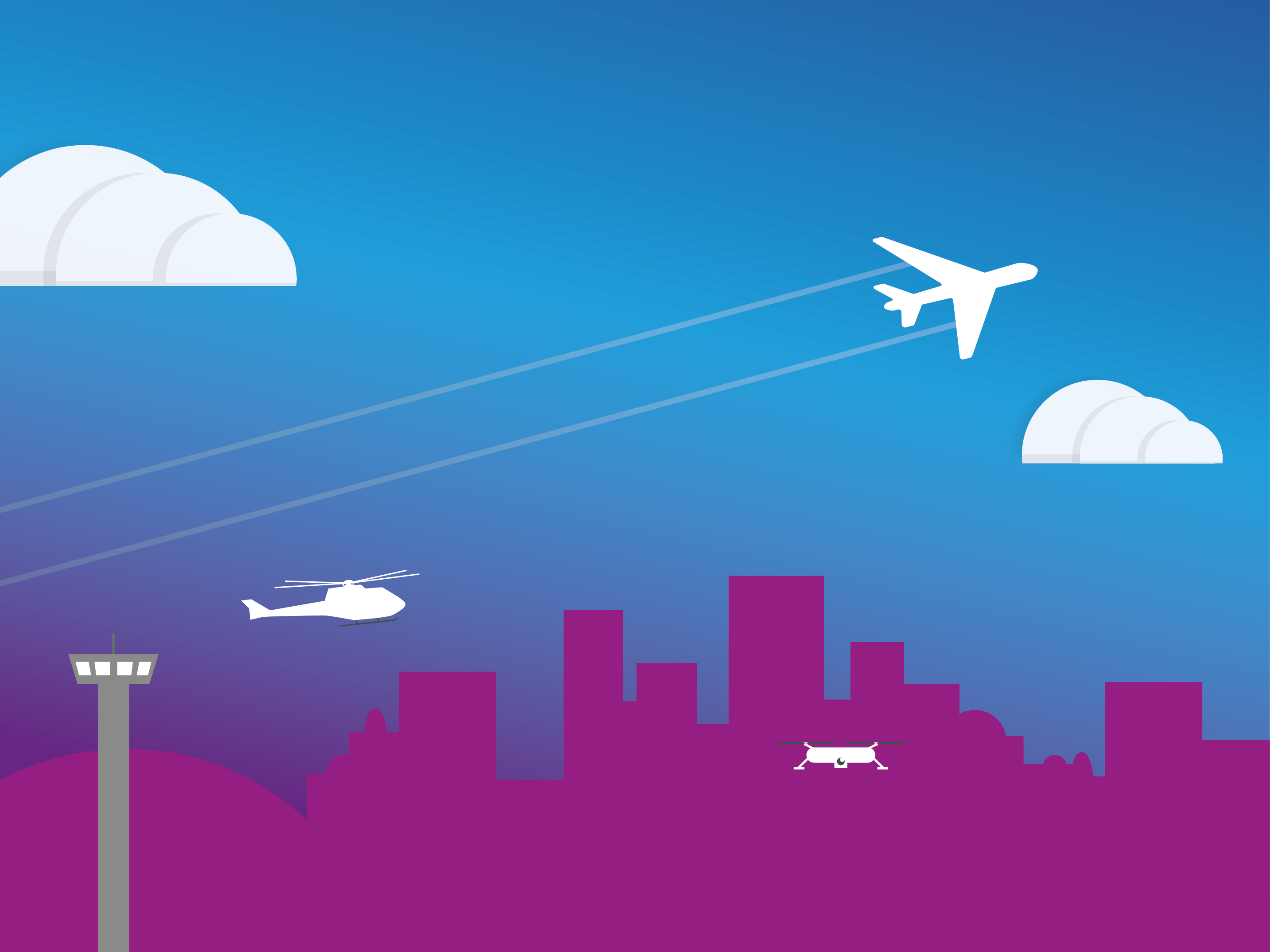Making EU skies the safest through innovative EU-funded research
Flying remains one of the safest forms of transport, with major air accidents within the EU being a very rare occurrence. This is especially reassuring as Europe is home to around 150 airlines, and 2016 saw an all-time record of just under 10.2 million flights over European skies, with average daily traffic being just under 28 000 flights – this surpassed the previous record set in 2008, just before the economic crisis unfolded. By 2035, it is estimated that aviation traffic will reach 14.4 million flights per annum.
Furthering the EU’s commitment to aviation safety
While these figures (and the fact that aviation tragedies are very few and far between) are reassuring, complacency can never be allowed to overshadow a robust dedication to safety. Thus, the European Commission remains committed to developing and deploying new technologies to meet its aim to make EU skies the safest by 2050. This policy ambition is outlined in the FlightPath 2050 Vision. From a research and development perspective, the EU’s dedication to the highest standards of aviation safety is also reflected in dedicated funding through the Horizon 2020 programme, with more than EUR 60 million being committed to funding projects with a focus on aviation safety. This follows and builds upon substantial funding allocated during the previous Seventh Framework Programme (FP7). International cooperation is also a key component, leveraging additional resources. In fact, some of the projects featured in this Pack involve at least one non-European partner. There are several key areas where EU-funded research and innovation efforts are concentrated. These include: addressing aspects of the design, manufacturing and operations of aircraft and infrastructures; mitigating the risks resulting from extreme weather conditions and other hazards; and reducing the impact of human factors and human errors on active and passive safety. Another key aspect is the fact that the aviation industry, like many traditional industries, is rapidly digitising, offering both new challenges and solutions to high safety standards.
Introducing six new projects
Following the first six FP7 projects featured in our first edition Results Pack on aviation safety, this new edition introduces another six projects, this time all Horizon 2020-funded. In particular, the EPICEA project, a joint EU-Canada venture, has developed computer tools that will help manufacturers to better predict and avoid electromagnetic interferences in modern aircraft, which carry more and more electric systems and composite materials. The VISION project, a joint EU-Japan venture, has been developing and testing smart technologies for aircraft guidance, navigation and control, to help reduce the number of civil aviation incidents and accidents, while the SafeClouds.eu project is working to improve flight safety by utilising Big Data tools. The EUNADICS-AV project is improving flight safety by developing a unique system to provide consistent and coherent information in the event of atmospheric hazards affecting the airspace, such as volcanic ash. SARAH is using simulation tools to help increase the safety of airplanes and helicopters in an emergency water landing situation. Finally, Future Sky Safety has been bringing together the vast amount of air-transport safety research and innovation across the EU to develop new tools and new approaches in areas such as fire-resistant materials, runway excursion, piloting skills and safety management.



